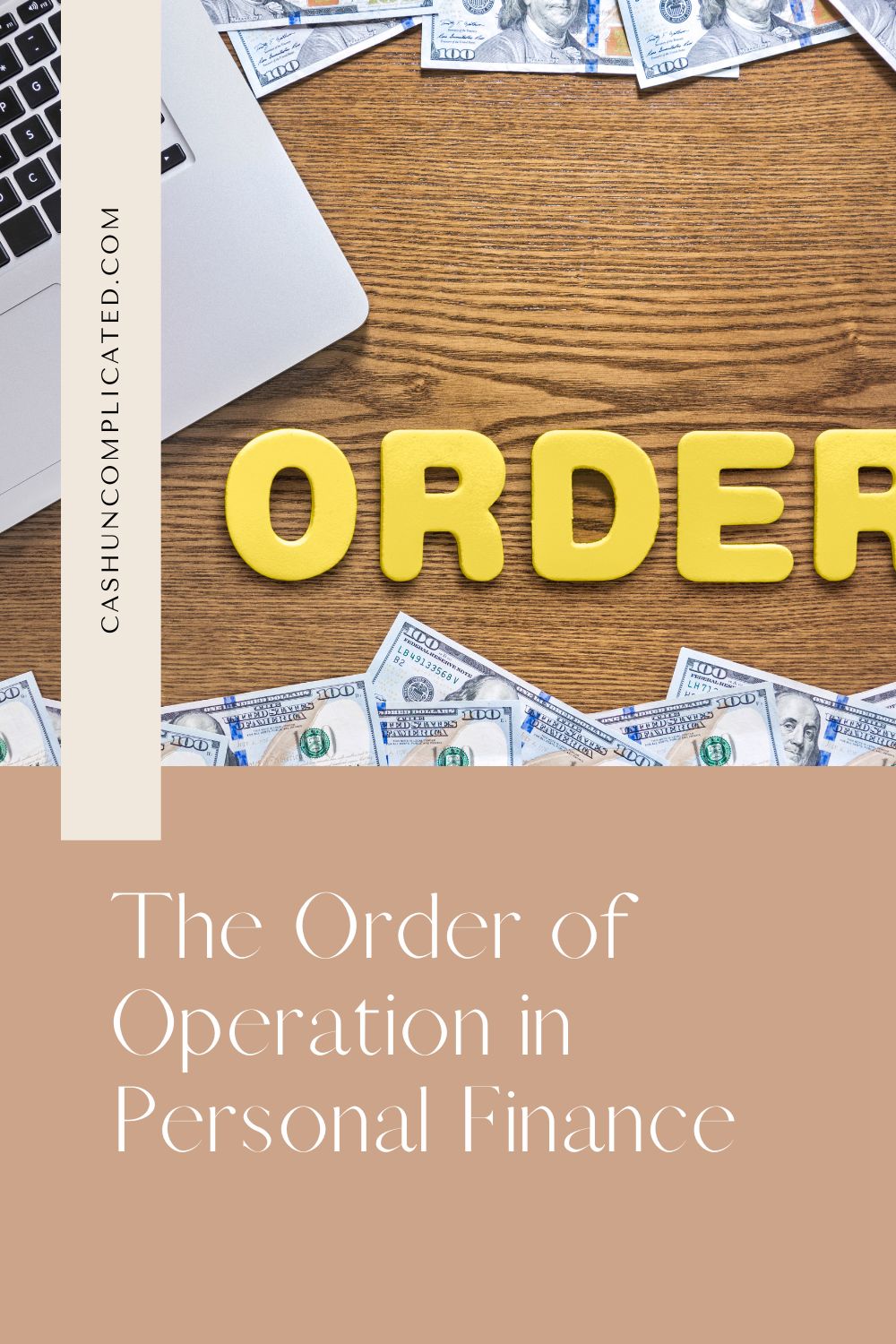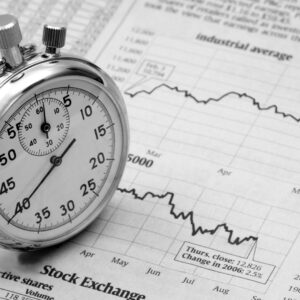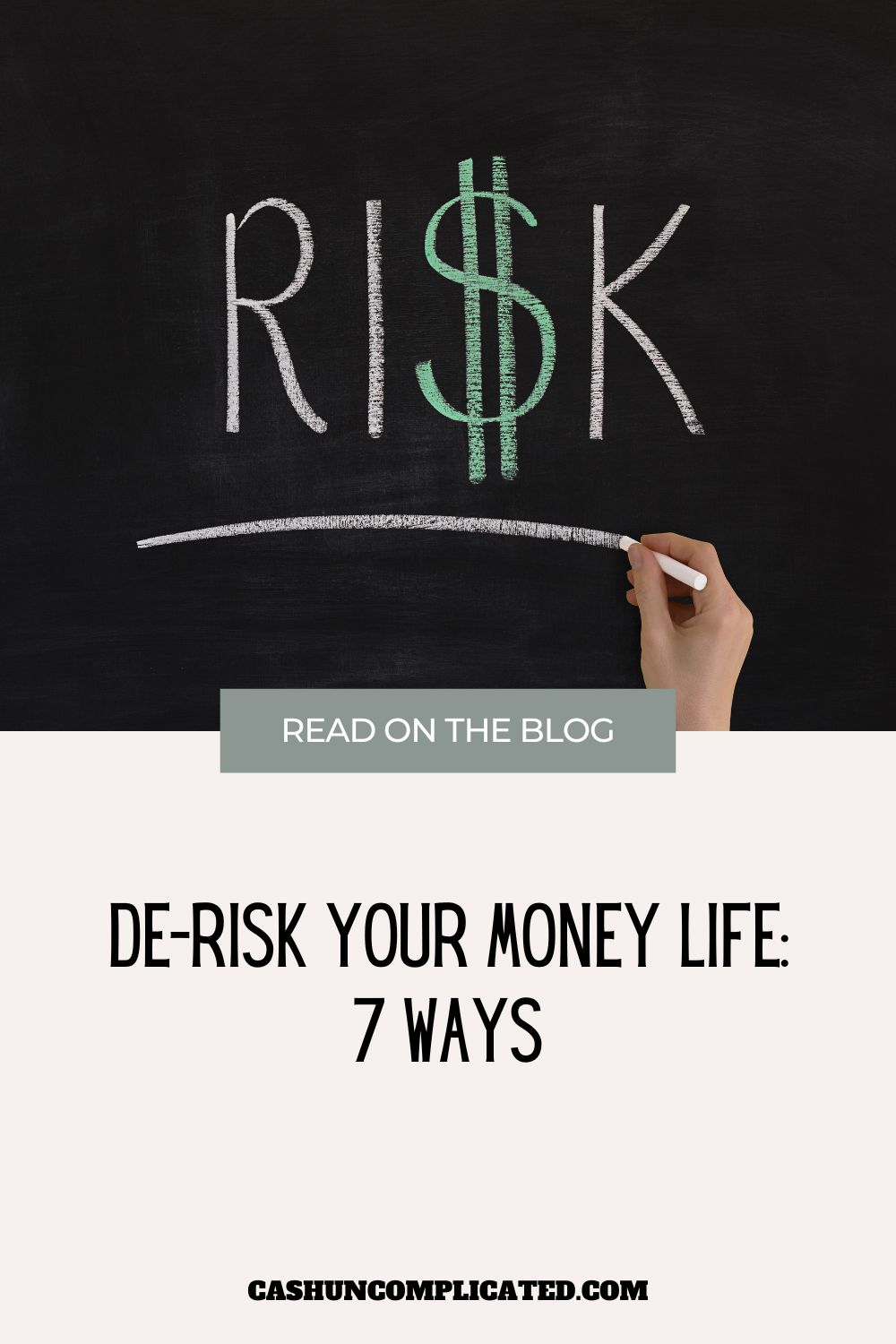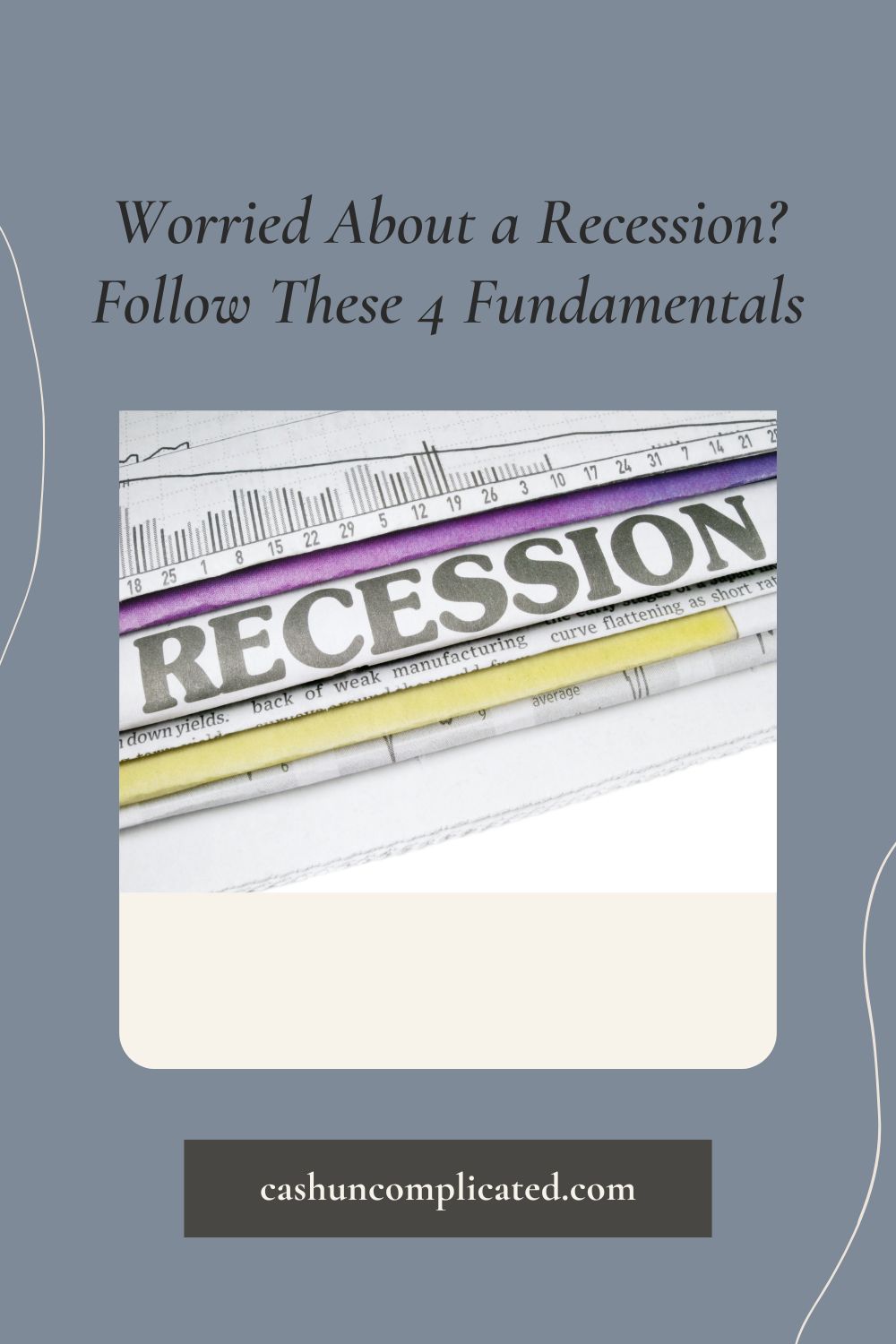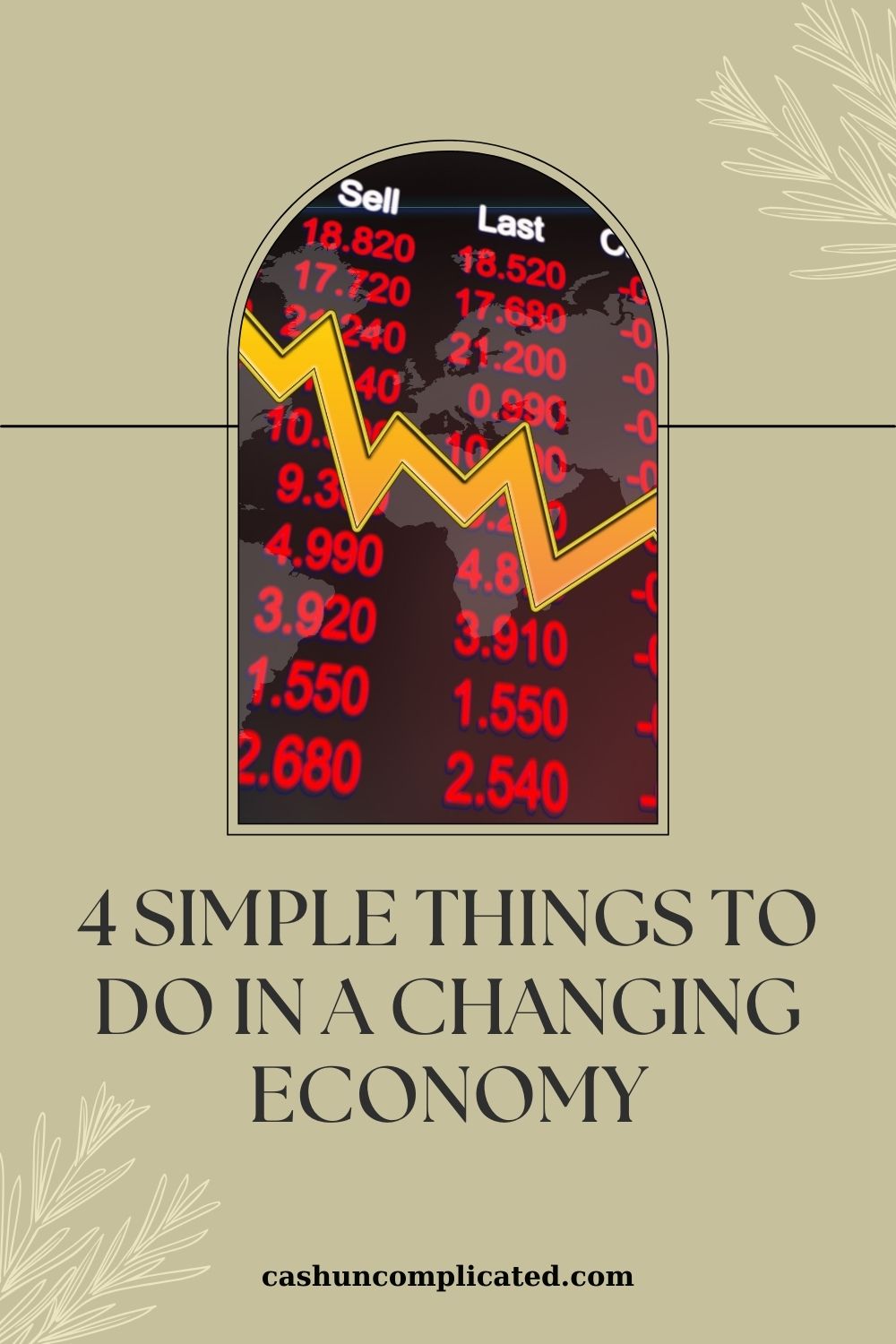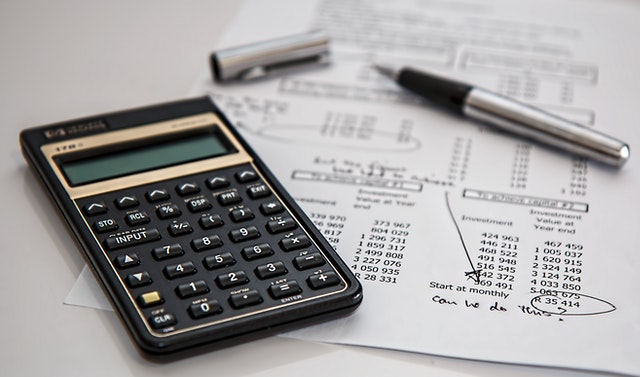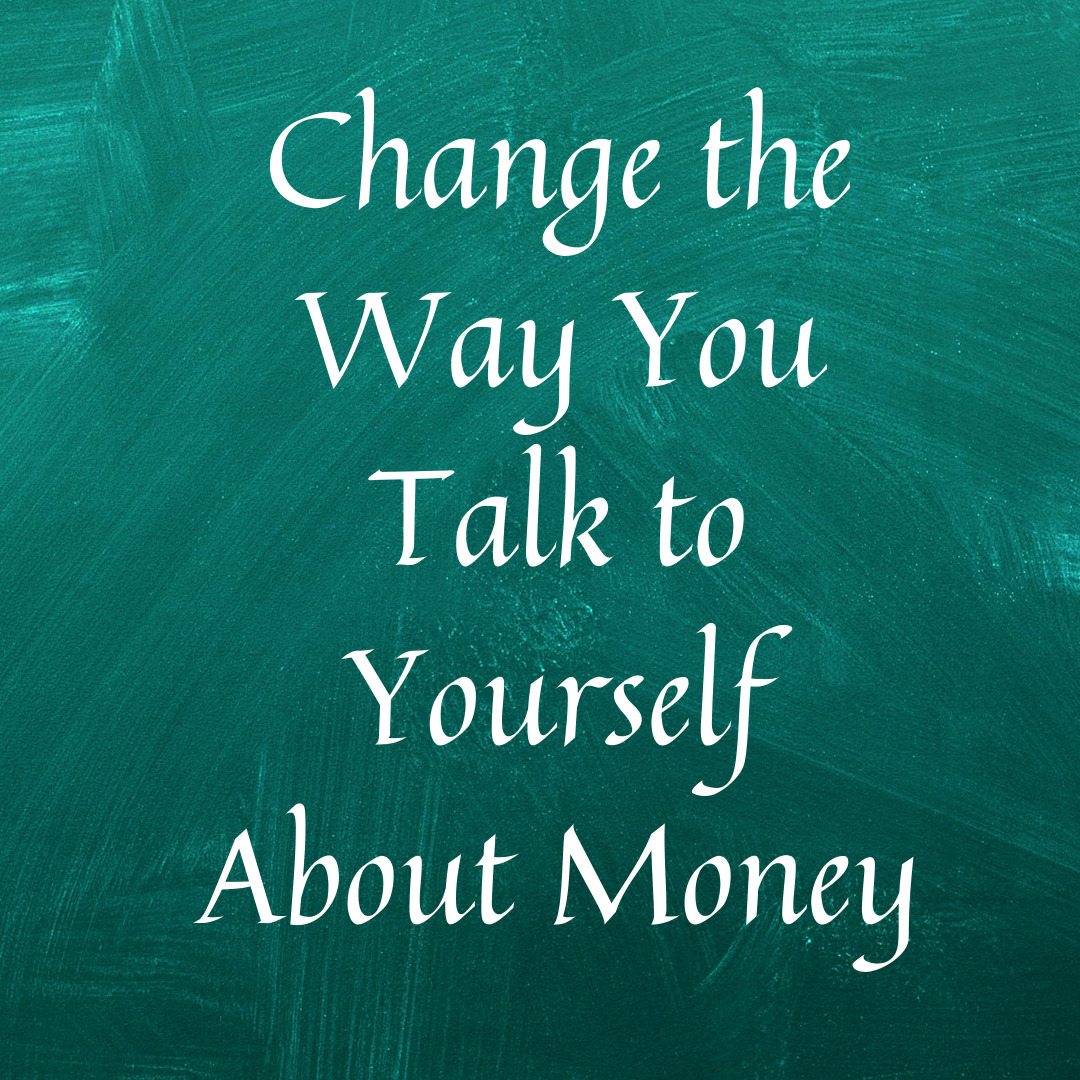The order of operation in personal finance. Sounds boring, but keep reading–I promise this will be worth your time. This is a topic that really matters, and furthermore, most people have it backwards. I’m going to show you how to optimize.
Personal Finance Defined
Personal finance is the way individuals think, feel, and behave around money. It’s also values, cultural influences, and a whole other slew of factors. One thing to remember is that personal finance is personal.
Even with personal finance being personal, there are many principles that I believe will help anyone succeed with their personal finances, such as:
Outside of these principles, people are going to make their own decisions around money that most benefit them and their family.
What is the Order of Operation in Personal Finance?
The order of operation in personal finance is literally the order in which we distribute our money. This could be over the course of the month or several years. For example, someone who pays themselves first beginning at age 21 versus someone who doesn’t start paying themselves first until they turn 40.
Or using a monthly example–someone who puts 20 percent of their income into an investment fund prior to paying any bills versus someone who pays all the bills first then invests what’s left over. Very different orders of operation, and later in this post I’ll show why this is a big deal.
Why Does Order of Operation in Personal Finance Matter?
The order of operation in personal finance really matters. In fact, it can be the difference between hundreds of thousands, or even millions of dollars. I’m going to give an example to illustrate my point.
Person A: 22-year old who begins investing $500 per month for seven years until they turn 29. Buys a new car after this point and never invests again (not recommended to never invest again by the way). At age 62 they would have $1,454,243 assuming a 10 percent rate of return.
Person B: 22-year old who buys a new car with payments of $500 per month for seven years. Then starts investing $500 per month from age 29 through 60 after the car is paid off. At age 62, this person would have $1,466,860 assuming a 10 percent rate of return.
At the age of 62, person A would have $1,454,243 while person B would have $1,466,860. Almost identical numbers with one massive difference. The order of operation for person A was to invest first, buy the car later. The second person bought the car first and invested later.
Person A only invested $500 per month for seven years while person B invested $500 per month for 31 years. All in, person A only invested $42,000 out of pocket while person B invested $186,000 out of pocket. A massive difference of $144,000.
This example is all about order of operation, which directly leads to more time in the market. Same rate of return, same type of investment. Order of operation in personal finance really matters.
Another Example: Monthly Spending
Here’s another example, this time looking at month-to-month living. The first person in this example uses the strategy of pay yourself first. At the start of each month, she invests $500. This is before she pays the rent/mortgage, household bills, utilities, etc. Every month without fail she pays herself $500.
The next person in our example waits until the end of the month to pay himself. He pays all the other expenses first, including entertainment. At the end of each month he invests what he has left over. Sometimes it’s a few hundred dollars, sometimes nothing. It kind of cycles monthly, but the one common theme is he never invests more than a few hundred dollars.
At the end of the year, the first person has invested $6,000. The second person has invested less than $1,000. For this example, we’ll call it a flat $1,000.
If this pattern continues over the next 30 years (assuming a 10 percent rate of return), the first person will have just over $1,000,000. The second person will have $180,943. An astounding difference of over $800,000.
The difference here was the order of operation. The person who paid herself first ended up with over a million dollars. The second person who paid himself after everything else ended up with under $200,000. Not that $200,000 is a bad thing, but it’s not close to a million dollars.
The Ideal Order
The ideal order of operation in personal finance is to pay yourself first and buy assets before liabilities. Buying assets before liabilities isn’t a new concept, it’s a widely known principle that has worked for years and years. Books like Rich Dad Poor Dad and Richest Man in Babylon stress this concept repeatedly for good reason.
Follow these principles and your likelihood of success is far greater than trying it another way. Not following these principles is a mistake I made for many years, and probably my biggest financial regret. I believe that if I had paid myself first from the start, I would literally have three to four times my current net worth.
Use Assets to Pay for Liabilities
Here’s another concept from Rich Dad Poor Dad–use assets to pay for liabilities. Imagine two scenarios: the first being someone with $50,000 who buys a cash flowing rental property and another who uses the money to purchase a car or boat.
If the rental property investor can find a property that cash flows a few hundred dollars per month, they can then use the cash flow to fund a liability like a car or boat. They can save up enough money and purchase it in cash or use the cash flow to make monthly payments.
Side note: I’ve always been against financing liabilities, but I want to present options for the purposes of this post. It’s not an option I would choose myself, but I want to present it here.
Going back to the rental property investor. They now have a property plus the ability to purchase a car, boat, or some other liability. While the person who bought the car or boat first just has the liability and no asset. The asset is the Golden Goose that keeps producing.
In this example, the order of operation made all the difference in the world. One person was able to purchase both an asset and a liability while the other person got just the liability. And it really boiled down to the order they were purchased.
More Time in the Market
The next section on why order of operation is important in personal finance is more time in the market. I alluded to it in previous sections, but it’s worth revisiting. The more time in the market–the more opportunity for compounding.
The 25-year old who begins investing in the stock market, real estate, or any other kind of investment has many years of compounding opportunities. So it makes sense to invest before paying for a vacation or buying a new car.
Same goes for a 30-year old. Investing before spending on other things makes a ton of sense because it provides more time in the market. Which provides more opportunity for compounding.
A few illustrations on the power of time in the market:
- $100 invested per month for 46 years at a 10 percent rate of return equals $1,045,170
- $200 invested per month for 39 years at a 10 percent rate of return equals $1,059,822
- $500 invested per month for 30 years at a 10 percent rate of return equals $1,085,661
- $1,000 invested per month for 23 years at a 10 percent rate of return equals $1,049,968
The proof is in the math. In these examples, the longer you are in the market, the less money you are required to contribute to reach over a million dollars. And it doesn’t matter if you’re goal is to reach over a million dollars, ten million, or hundreds of millions–the principle remains the same.
Don’t fret if you are older and just getting started, I did the same thing. It just means you’ll need to invest more of your own money to reach your financial goals. And if you’re younger, avoid starting late like I did and begin investing now.
Related:
Investing: Literally Purchasing Money With the Power of Compound Interest
Margin For Error
In general, the more money saved, the greater margin for error. The unexpected in life happens so it’s important to have a safety net. Building up a safety net before something goes wrong is the best-case scenario (next to nothing ever going wrong of course).
Imagine two scenarios. The first is someone who spends their money on a liability before having any savings. The money has already gone towards the liability, so it’s gone. If something goes wrong after buying it, there isn’t a backup plan other than putting it on a credit card.
The second scenario is someone who builds up an emergency fund of three to six months, then purchases the liability. Now if something goes wrong, the money is there. The financial emergency is handled without having to rely on the credit card and going into debt.
Using a credit card as an emergency fund comes at a very high cost. Most cards charge somewhere in the range of 15 to 20 percent interest rate so a $2,000 emergency becomes significantly more expensive if the card isn’t paid off in full.
Which is why I advocate setting up an emergency account before going out and making expensive purchases. It provides that security and “what if” insurance.
Related:
How Much of an Emergency Fund Should You Really Have?
Why the Pandemic Prompted Me to Increase My Emergency Fund
Conclusion
The order of operation in personal finance really matters. Oftentimes, just saving or investing a few months longer can make the difference between financial wellness and financial stress. A couple examples:
- Having a fully funded emergency fund before buying liabilities means not having to pay high credit card interest.
- Investing and using the money from the investment often means you get to keep the investment and purchase the liability with the money created from the asset.
When going through your money, I encourage everyone to go through different scenarios such as:
- What would happen if you bought this now?
- If you were to wait five months and fully fund your emergency account, how would your financial picture change?
- Would it make more sense to buy the asset first then use the money earned from the asset to purchase liabilities?
Think about your order of operation and make any needed adjustments. This is something I wish I did years ago–I know I would have been much better off had I done it this way.
How can you change your order of operation to maximize your personal finances?

